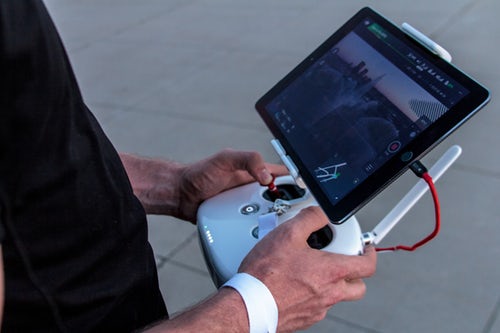Wireless troubleshooting can be quite complex, because issues are caused by various factors, such as improper router configuration, poor cabling and others. When checking for a problem, you should first check the scale. Find out whether the problem is affecting a sector or the whole network. It may affect a user or all users, depending on the issue. When an issue emerges, find out whether you made any configuration changes recently. You should also know what’s going on in the environment. Check for things that are happening on your environment. As an example, adjacent wireless networks could interfere with your signals. When expanding your wireless network, there could be an obstacle, such as a thick, insulated wall that prevents wireless signal from penetrating it.
When there’s an issue, it is likely not a random problem. Baseline analysis should include checking for latency, SNR and other wireless indicators. Based on historical records, check the date and time when dramatic changes occur to these values. You need to get user feedback to find out about the performance of the network. If the problem is affecting multiple users, you should correlate their stories to quickly diagnose the potential problems. You should check configuration of the radio. Use connections that you are familiar with, such as HTTP and telnet. Check obvious areas, such as signal frequency, power level and firmware versions. IP configurations should be examined, including SNTP, SNMP, DNS and IP address. Other details are modulation scheme, authentication protocol, SSID, QoS and encryption.
Check radio monitoring by using monitoring tools to find out unusual TCP/IP stats that include RX and Tx packets. Conduct ping tests and wireless performances, as well as collecting latest SNR and RSS readings. For larger organizations or companies, they may invest on spectrum analyzer to sample the RF signal in the environment. You may attach a spectrum analyzer to the antenna. Make sure to use the correct adaptor to minimize loss between the antenna and the radio. One benefit of using a dedicated analyzer is that it can be performed real time and it’s quite flexible. Hardware problems could cause issues with wireless signal. Physical damage, such as cracking, bending, tearing, water ingress and corrosion may damage router, cables, antenna and other components.
If you suspect that a component may cause a problem, then you should try to swap it with a working one. Components like filters, connectors and RF jumpers may cause issues with the network if it’s damaged. The antenna and the customer RF cable can be easily swapped, you should change them to make sure that they will work well. Based on values you get from the measurement equipments, you should be able to calculate gain and loss of the signal. During testing, you should perform tests on horizontal and vertical polarizations at multiple elevations. Be sure to record all tests results, so you can determine the best course of actions, such as replacing the faulty sector antenna. You need to do everything necessary to reduce the possibility of interference and noise.


















